This article was co-authored by Bridgette Borzillo and by wikiHow staff writer, Amy Bobinger. Bridgette Borzillo is an Artistic Director, Dance Instructor, and the Owner of CaZo Dance Theatre based in Mesa, Arizona. With more than 14 years of dance choreography and performance experience, she specializes in teaching ballroom dance, modern and contemporary dance, and aerial fitness. Through her kinesthetic dance company, Bridgette aims to tell impactful stories through a variety of dance styles. She holds a BFA in Dance Choreography from Arizona State University.
There are 14 references cited in this article, which can be found at the bottom of the page.
This article has been viewed 51,117 times.
Jazz dance is an incredible fusion of classical ballet with the rhythms and movements found in African Dance. It's fun, energetic, impressive on the dance floor, and best of all, easy to start learning! Keep reading to learn some basic jazz moves for beginners, plus how to do some more advanced steps and turns.
Steps
Learning Basic Jazz Moves
-
1Stand on one leg and move the other foot away to perform a brush. In a brush, your foot will lightly skim the floor as you move your leg. Usually, your leg stays straight as you perform this movement.[1]
-
2Draw in your torso to perform a contraction. Imagine that you are bringing your belly button in towards your spine. Make the movement seem more exaggerated by pushing your shoulders and knees forward as you execute the contraction.[2]Advertisement
-
3Stand with your heels together and bend your knees to plié. Your legs should be turned out at the hips so that your knees are bent over your toes. As you bend your knees, keep your spine as straight as possible to lengthen your torso.[3]
-
4Stand on the balls of your feet with your knees bent for a forced arch. A forced arch involves raising your heels off the floor while bending your knees. This can also be called a demi-plié with the heels up.[4]
-
5Quickly shift your weight from one foot to the other for a ball change. Start by standing with one foot in front of the other, with your weight slightly shifted towards the front. Shift your weight to your back foot, then quickly return to the front foot.[5]
- This can be done while you’re standing still or while you are travelling.
-
6Step out, bring your feet together, and step again to chassé. The step-together-step is a popular move in a number of dance styles, and it’s used commonly in jazz dancing.[6]
-
7Move your leg in a sweeping arc in front of you to fan kick. Fan kicks make a dramatic impact on the audience, so they’re a popular move in high-energy jazz dances.[7]
-
8Turn out your feet and alternate your shoulder movements to jazz walk. When you move one foot forward, the opposing shoulder should be brought forward. Then, step again and bring the other shoulder forward at the same time.[8]
- You can add your own take to these movements for fun variations on a jazz walk, like adding in hip rolls or finger snaps.
-
9Mambo by swiveling your hips as you move front to back and back to front. The mambo is extremely influential on jazz dancing. Incorporate this ethnic style by moving your hips in a figure-8 style as you move in a front-to-back motion and then return to your starting point.[9]
Practicing Jazz Turns
-
1
-
2Turn towards your standing leg to perform an inside turn. Your standing leg is the leg that is supporting most of your weight. As such, it can also be called your supporting leg. If your weight is on your right leg and you turn towards your right, that is an inside turn.[12]
-
3Turn away from your standing leg for an outside turn. This is the exact opposite of an inside turn. If you are standing with your weight on your right leg and you turn to the left, you have performed an outside turn.[13]
-
4Pivot with one foot touching the other knee to pirouette. Start by standing with one leg in front of the other, with both feet turned outwards. Bend at the knees as if you are curtsying, then push off of your back foot as you lift it towards your standing leg.[14] As you turn, keep your toes pointed.[15]
- The pirouette is one of the most common dance moves. It is especially popular in ballet, but it is often used in jazz as well.
-
5Cross your legs, then unwind and cross them again for a soutenu. In a soutenu, your feet will swivel, but they will stay planted in the same spot. If your left leg is crossed in front of your right, turn 180 degrees towards the right until your right leg is crossed in front of the left. [16]
-
6Perform half-turns while you travel to perform a chaîné turn. Chaîné is French word meaning "chains", and this move is called that because the half-turns link together to form one fluid motion.[17]
- Practice performing these as smoothly as possible.
-
7Push yourself with one foot for a paddle turn. In a paddle turn, one foot stays stationary and pivots while you use the other foot to push you in the direction of your turn. A single paddle turn will turn you 360 degrees.[18]
-
8Spin on one foot with your body straight for a pencil turn. The pencil turn is the spin most people think of when they picture dancers spinning. Step backwards with one foot, then shift your weight back to your front foot. Push off your back foot, lifting onto the toes of your standing leg as you rotate.[19] Bring your arms in front of your body as you spin.[20]
Putting it all Together
-
1Breathe deeply as you dance. It can be easy to hold your breath or get winded as you're practicing new dance moves, but focus on keeping your breathing steady and slow. This will naturally make your movements seem more graceful than they will if you are out of breath.[21]
-
2Practice controlling your movements. Graceful dancers make their moves seem effortless, but in reality, it's control that allows them to move so fluidly. You can improve your control by exercising the muscles that stabilize you, like doing sit-ups to strengthen your core.[22]
- For example, if you perform a fan kick, don't just throw your leg into the air. Instead, control the movement from the moment your foot leaves the floor until it lands again.
-
3Pay attention to the transitions between steps. The movements between steps are just as important as turns and jumps themselves. Pay attention to how you hold your arms, head, and feet when you are travelling or in the counts leading up to a step.[23]
-
4Listen to the music you'll be dancing to. Even when you're not dancing, you can listen to the music and imagine your moves. Picture yourself moving gracefully to the music, then try to emulate that as you dance.
-
5Move with the rhythm of the music. If you're focusing on counts or thinking about what you're doing next, it can be easy to forget about the fluidity of the music you're dancing to. Once you've mastered the basics of your dance, practice it to music.[24]
Community Q&A
-
QuestionDo you ever have stand on your toes like you do in ballet?
 Community AnswerNo, that is called 'en pointe' and it is only a classical ballet requirement. You typically learn after years of training in ballet.
Community AnswerNo, that is called 'en pointe' and it is only a classical ballet requirement. You typically learn after years of training in ballet. -
QuestionI have a very bad back that I can easily strain, I can still dance when it is strained, it just hurts a bit, but I'd like to strain it as little as possible. Is there any way I can do that?
 Community AnswerDance easily and gently. Minor injuries can lead to permanent damage if you push it to the limit. See a doctor or physician to develop a dance plan suited to your back's needs and discuss this with your dance teacher.
Community AnswerDance easily and gently. Minor injuries can lead to permanent damage if you push it to the limit. See a doctor or physician to develop a dance plan suited to your back's needs and discuss this with your dance teacher. -
QuestionWhat foods are good for a dancer's diet?
 Buggylu25Top AnswererFoods high in protein are great for dancers, because they helps muscles regain strength. Try to avoid saturated or trans fats found in processed or greasy foods. Eating complex carbohydrates is also recommended because the body can continuously break it down, giving you long-lasting energy without getting hungry so quickly.
Buggylu25Top AnswererFoods high in protein are great for dancers, because they helps muscles regain strength. Try to avoid saturated or trans fats found in processed or greasy foods. Eating complex carbohydrates is also recommended because the body can continuously break it down, giving you long-lasting energy without getting hungry so quickly.
Warnings
- Your knees should never be extended past your toes as you bend.⧼thumbs_response⧽
- Imagine keeping your spine directly above your hips to help prevent a back injury.⧼thumbs_response⧽
- Bend your knees slightly as you jump to cushion the impact from landing.⧼thumbs_response⧽
References
- ↑ http://lacitycollege.edu/Faculty/ecklerp/Home/Resources/Jazz-Dance-Terms
- ↑ https://www.orthopt.org/downloads/PAglossary.pdf
- ↑ https://www.orthopt.org/downloads/PAglossary.pdf
- ↑ http://www.onemathematicalcat.org/ballet.htm
- ↑ http://lacitycollege.edu/Faculty/ecklerp/Home/Resources/Jazz-Dance-Terms
- ↑ http://lacitycollege.edu/Faculty/ecklerp/Home/Resources/Jazz-Dance-Terms
- ↑ https://www.orthopt.org/downloads/PAglossary.pdf
- ↑ https://training.gov.au/Training/Details/CUADAN203A#
- ↑ http://lacitycollege.edu/Faculty/ecklerp/Home/Resources/Jazz-Dance-Terms
- ↑ Bridgette Borzillo. Dance Instructor & Artistic Director. Expert Interview. 10 September 2021.
- ↑ http://lacitycollege.edu/Faculty/ecklerp/Home/Resources/Jazz-Dance-Terms
- ↑ http://lacitycollege.edu/Faculty/ecklerp/Home/Resources/Jazz-Dance-Terms
- ↑ http://lacitycollege.edu/Faculty/ecklerp/Home/Resources/Jazz-Dance-Terms
- ↑ Bridgette Borzillo. Dance Instructor & Artistic Director. Expert Interview. 10 September 2021.
- ↑ https://www.youtube.com/watch?v=LLTM_KP0Dsg
- ↑ http://lacitycollege.edu/Faculty/ecklerp/Home/Resources/Jazz-Dance-Terms
- ↑ https://ballethub.com/ballet-term/chaines/
- ↑ https://www.youtube.com/watch?v=82CWkiYHMoA
- ↑ Bridgette Borzillo. Dance Instructor & Artistic Director. Expert Interview. 10 September 2021.
- ↑ https://www.youtube.com/watch?v=Uarm7p6a7HI
- ↑ https://www.nytimes.com/2017/07/11/arts/dance/aurelie-dupont-learns-to-breathe-and-be-free-again.html
- ↑ https://www.rockettes.com/blog/ways-to-improve-your-balance-and-stability-for-dance/
- ↑ http://www.dancespirit.com/the-in-betweeens-2326200402.html
- ↑ https://studybreaks.com/culture/dance-professional-tips/
- ↑ https://www.healthychildren.org/English/healthy-living/sports/Pages/Ballet-and-Dance.aspx
About This Article
To jazz dance, start by practicing basic moves like pliés, ball changes, chassés, and fan kicks. Next, work on learning how to turn, pivot, and pirouette. Then, add other turning techniques to your repertoire, such as pencil turns, half-turns, and paddle turns. Remember to keep your movements controlled and graceful and practice smooth transitions between moves. Finally, put all of your new skills together while dancing to music. To learn more about basic jazz moves, read on!
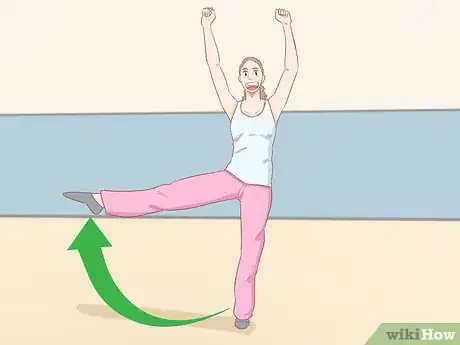


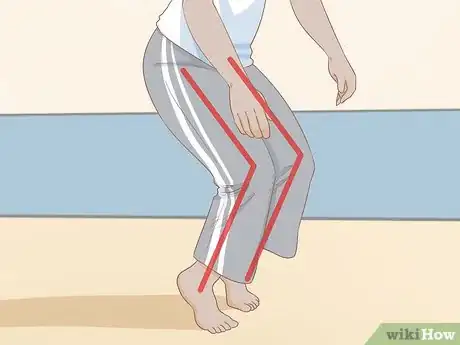
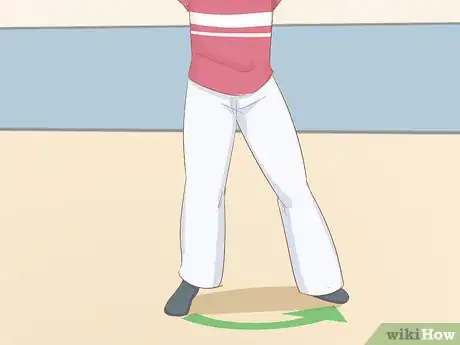
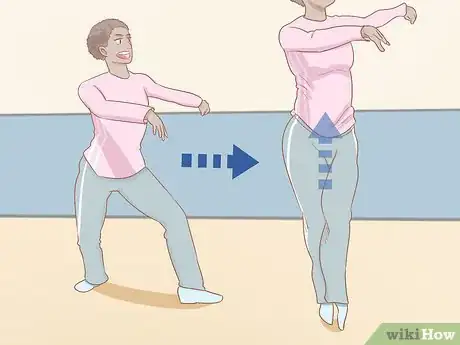
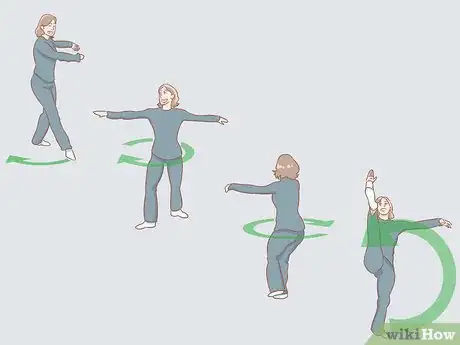
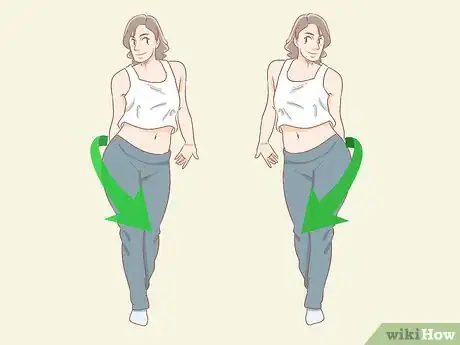



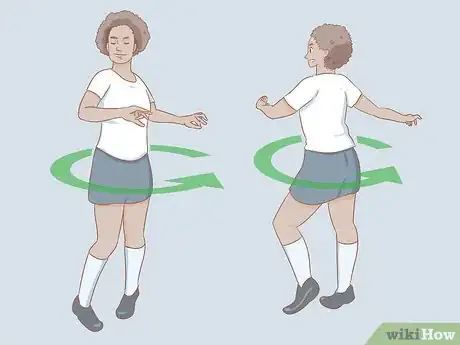
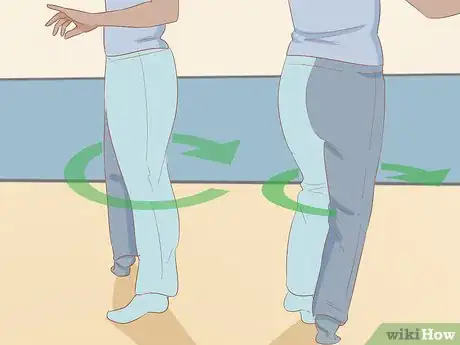

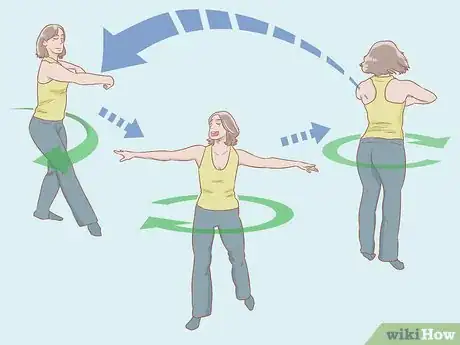
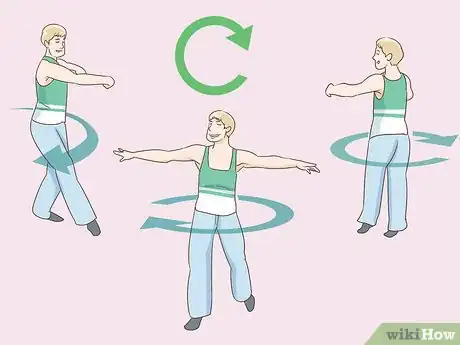

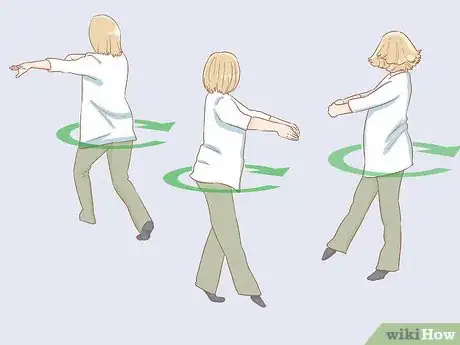
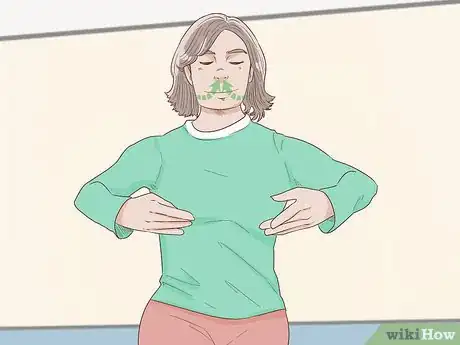
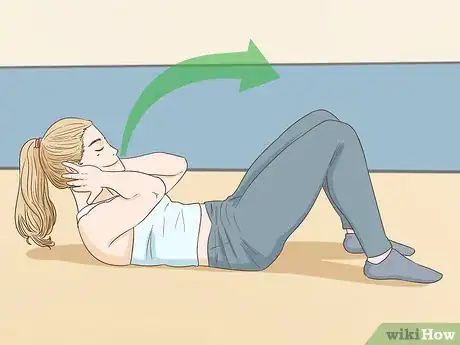
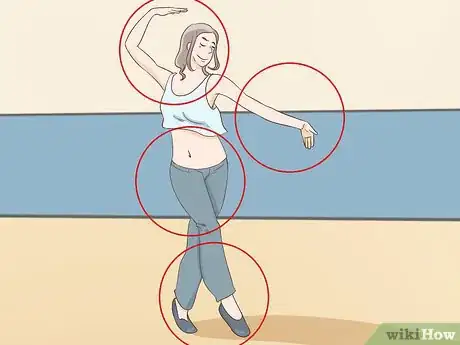

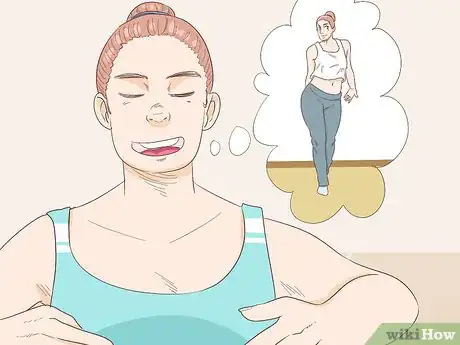
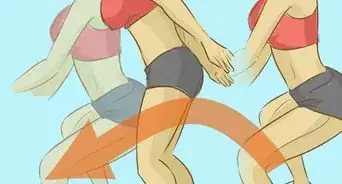
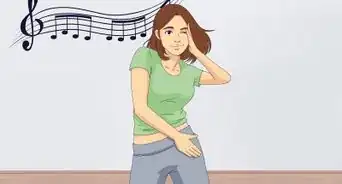
-Step-19-Version-2.webp)

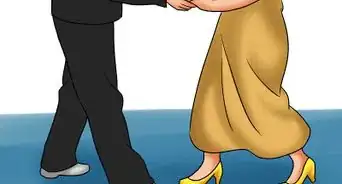






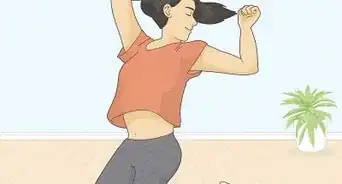








-Step-19-Version-2.webp)



































